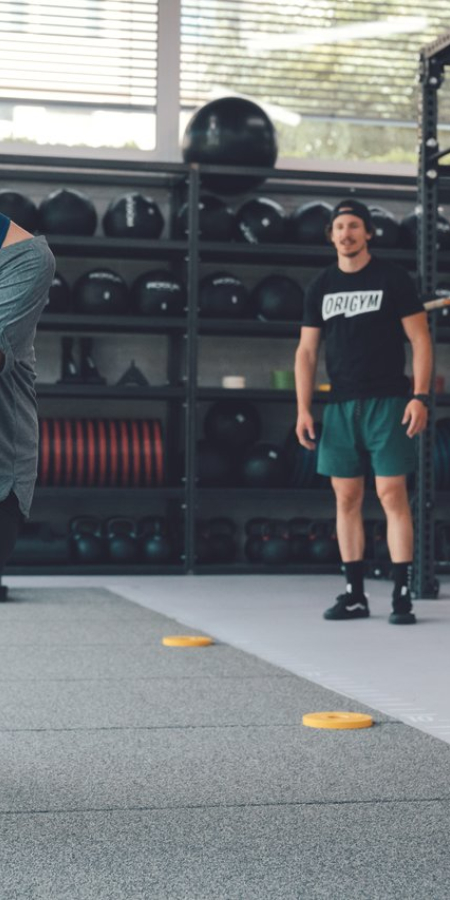On the path to success
Training for a Mountainbike marathon


4 important aspects of training for a mountain bike marathon
1. Build up basic endurance
The basis of every endurance athlete is basic endurance. To be able to cover long distances, it is important to develop a solid aerobic base. Regular rides at moderate intensity (zone 2) strengthen the cardiovascular system and prepare the muscles for longer efforts. These rides should be done several times a week for at least 1.5 to 2 hours and ideally on varied routes to adapt to different conditions.
To determine zone 2, if you don't have a heart rate monitor or watt crank for training control, you can use nasal breathing during exercise. As long as you can breathe through your nose for the entire duration of the exercise, you are probably in zone 2. If breathing through your nose is no longer possible during exercise, you are probably exercising outside zone 2.
2. Interval training for VO2max, strength and speed
Interval training offers an effective way to improve both aerobic and anaerobic capacity and maximum oxygen uptake. Hill intervals simulate effort during steep climbs, while sprint finishes or short, intense intervals increase speed and explosive power. However, this type of training should be used in moderation to avoid overload and injury. A tried and tested model is ‘polarised training’, in which around 80% of the training volume is completed in zone 2 and around 20% in zone 5.
To determine zone 5, where you are probably out of breath and nasal breathing is no longer possible, you can perform intervals of 2-5 minutes at a maximum continuous pace that you can just about maintain, but could no longer ride at this consistent intensity and time. You can repeat such an interval 4-8 times per training session. A structured and constructive training programme would be useful here.
3. Strength training for stability and power transmission
In addition to endurance, strength also plays a decisive role for success in mountain bike marathons. Targeted strength training is essential to strengthen the muscles, prevent injuries and increase performance. Particular attention should be paid to the leg and core muscles, as they are crucial for stability on the bike and efficient power transmission. Recommended exercises include squats, variations of single-leg exercises such as lunges or single-leg squats, deadlifts, press variations such as bench presses and push-ups as well as pull-ups. However, there is no such thing as the ideal exercise selection, as the selection of the optimal exercises is individual and depends on various factors, including training experience, existing imbalances and individual strengths and weaknesses.
This is why an individual and structured training programme with the principle of ‘progressive overload’ is crucial for progress.
Progressive overload means that the training load is continuously increased over time in order to incentivise the muscles to grow and improve performance. This can be done by increasing the weight, the number of repetitions or the intensity of the exercises.
Ideally, two to three strength training sessions per week should be carried out during the off-season; during the season, one session per week is usually sufficient to improve strength levels and muscle mass.
4. Technique training and driving practice
In addition to strength and endurance, technique is also an important aspect of mountain biking. Mastering riding techniques such as overcoming obstacles, cornering and correct positioning on the bike can be crucial for saving energy and making efficient progress, especially on the downhills. Regular technique training on different surfaces and terrain is therefore essential to continuously improve your skills.
A mountain bike marathon is an exciting challenge that requires targeted preparation. Through balanced training that takes endurance, strength, technique and regeneration into account, athletes can improve their performance and optimise their preparation for the event. Ultimately, however, mental strength is also of great importance in order to overcome obstacles and successfully reach the finish line. With the right attitude and a structured training plan, nothing stands in the way of personal success in the mountain bike marathon.
The author.
Arno Galmarini
Arno is not only a passionate coach, but also a successful entrepreneur. In his career, he has coached numerous top athletes with his company Elite Training GmbH and raised their performance to a new level. He now lives in Scuol and runs both ORIGYM, a functional training studio for people from all walks of life, and the online coaching programme QUEST, which is aimed specifically at mountain bikers. Arno's commitment is evident in his tireless endeavours to help others achieve their goals, whether on the training ground or on the challenging trails of the mountains.

